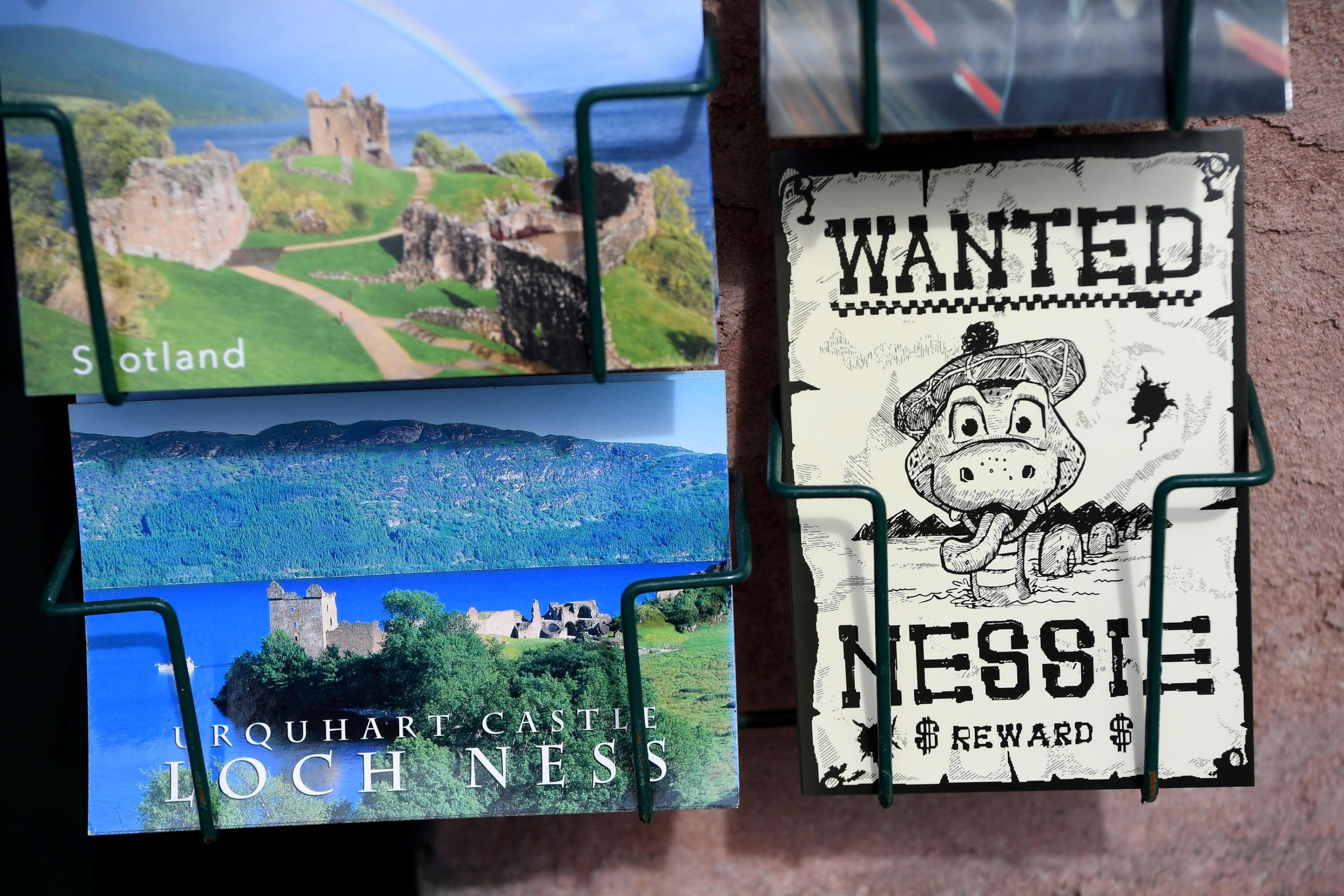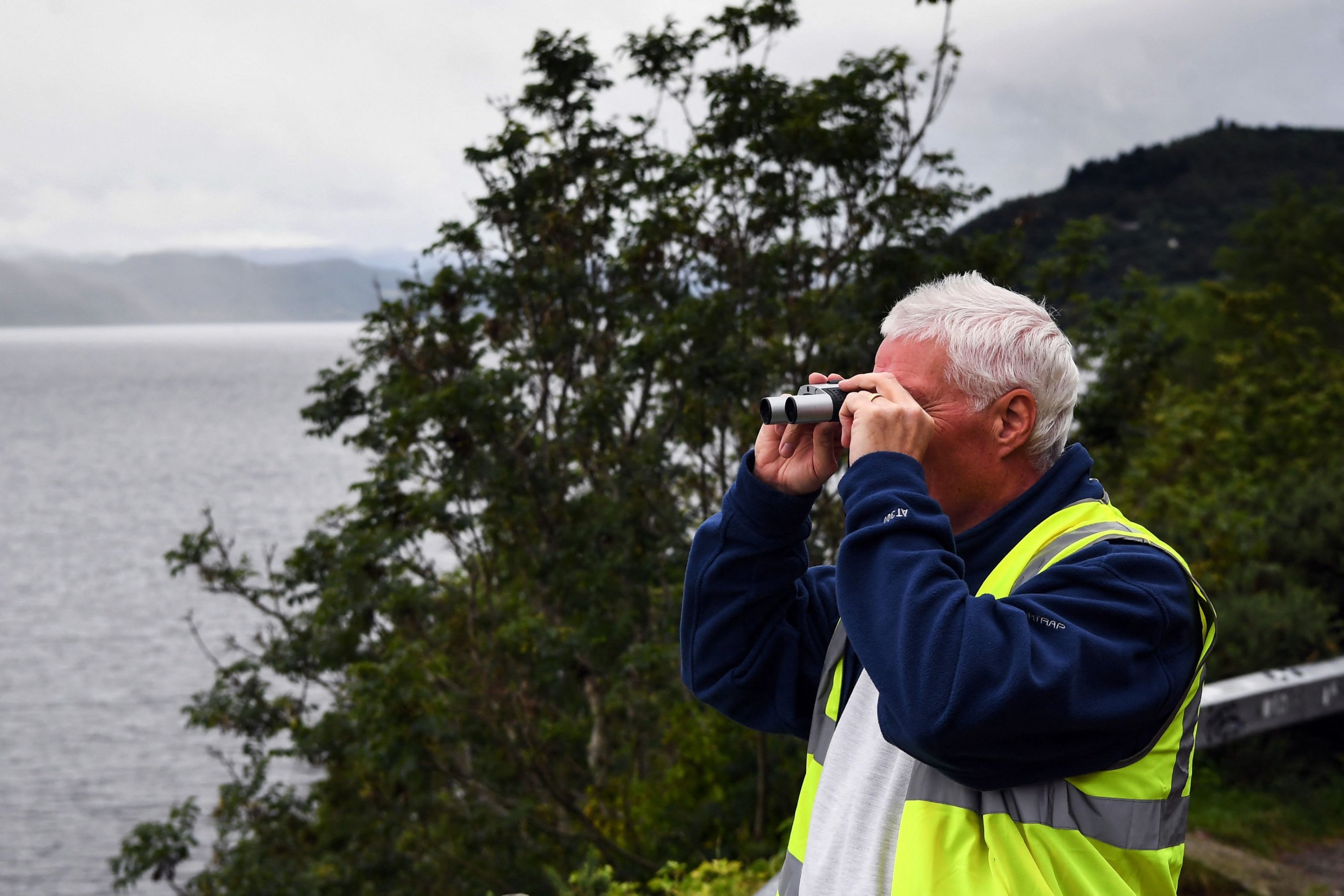© Turkuvaz Haberleşme ve Yayıncılık 2025
The most extensive search in decades for the Loch Ness monster concluded with numerous accounts of potential sightings. However, definitive evidence of the existence of the renowned creature from Scottish folklore remains elusive.
Project leader Alan McKenna said he had received a number of videos and tips via people watching live streaming cameras aimed at the lake in the Scottish Highlands.
But he said a lot of time would be needed to pour over the data, to sort fact from wishful thinking.
Drones equipped with thermal imaging cameras were still due to soar over Loch Ness, a 230-metre-deep lake, in the evening.

According to the organizers – the Loch Ness Centre for visitors and enthusiasts from the volunteer group Loch Ness Exploration – the two-day hunt was the most systematic search since 1972 for the elusive, or imagined, monster affectionately named Nessi.
Dozens of volunteers from all over the world positioned themselves at 17 observation posts around the lake, with hundreds of fans of the creature watching Loch Ness via webcams.
Scott Kelly and his wife persevered for hours despite foul weather that at times hampered search efforts.
"There are so many reports from local people," said Kelly. "I'm sure there is indeed something unknown living in the lake."
Kelly's T-shirt reads, "Nessie. I believe."

Nessi has been the subject of speculation for decades. Is it a big fish, a family of otters, a floating branch - or a prehistoric animal?
That Nessie is a plesiosaur, as 7-year-old Rowan from southern England firmly believes, is by all accounts impossible since the reptile went extinct tens of millions of years ago.
World record holder in Nessie searches, Steve Feltham, who has lived on the lakeshore for 32 years, believes it is a particularly large catfish.
McKenna and his team went out on the lake several times and lowered an underwater microphone called a hydrophone hoping to solve the mystery.
During a test on Friday, "bizarre sounds" were heard, he said. A check at the same spot on Sunday, however, revealed nothing.

It was therefore unclear whether the noises were caused by gases or an animal.
Legends of the Loch Ness monster date from at least the time of St. Columba, who is said to have tamed the beast after it snatched a servant in 565 A.D.
Visit Scotland, the country's official tourist agency has said there had been "over 1,000 eyewitness accounts and lots of unexplained evidence" in the lake.
A 1934 photograph appearing to show a plesiosaur-like head above the waves sparked huge interest, inspiring several "monster hunts" and scientific surveys over the following decades. Most now believe the photo to have been a hoax.
